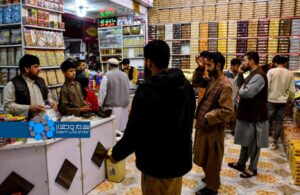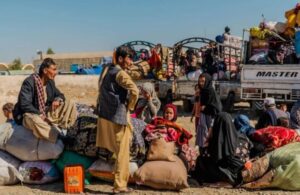HERAT CITY (SW) – Farmers in Herat are increasingly turning to greenhouse cultivation to boost agricultural productivity and enhance their income. They say that the use of greenhouses has significantly increased their crop yields.
Abdul Rahman, a farmer from one of Herat’s districts, has been investing in greenhouses for the past one year and hopes to achieve a satisfactory income from his efforts. He explains, “I grow cucumbers; that is our job. This year, I’ve built a greenhouse covering 1,200 square meters, costing 200,000 Afghanis.”
Another Herat farmer, Musa, has also adopted greenhouse farming over the past two years to improve his agricultural output. “I work here with my wife and children; we hire additional labor when needed but don’t have permanent workers. We rely on these greenhouses with hopes that they will meet our living needs.”
On the other hand, Bashir Ahmad Ahmadi, Director of Plant Promotion at the Directoratr of Agriculture, Irrigation, and Livestock in Herat, reports that the province has achieved self-sufficiency in greenhouse production, with surplus produce being exported to neighboring provinces. “The needs of Herat and the western region are met through these greenhouses. During winter, it can be said that 80 to 85 percent of vegetables are sourced from greenhouses and supplied to the market.”
According to the Directorate’s statistics, there are currently over 4,000 operational greenhouses in the Herat, both formally and informally.
Basir Ahmad Tabib, an agricultural expert in Herat, highlights that greenhouse farming can foster agricultural growth. However, he notes challenges such as “the 120-day winds in Herat that damage outdoor crops and the high cost of imported plastic needed for greenhouses, which is a significant burden for economically disadvantaged farmers”.
Agriculture remains a vital economic resource in Afghanistan, with many families, particularly in remote provinces, relying on it to meet both their food and non-food needs.






